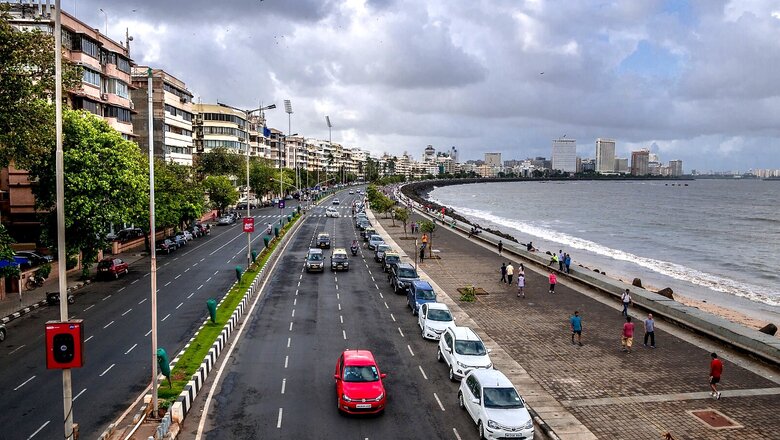
views
Today, climate change threat is real, acknowledged by people across the globe. The sea-level rise along the Indian coast will be 30-80 cms over the next century, endangering lives and livelihoods of those residing in major cities like Mumbai, Kolkata and Chennai. Like other sectors, the real estate sector too has to act immediately, in this case, by planning climate-resilient and sustainable infrastructure projects.
India is committed to attain the United Nation’s sustainable development goals to reduce its carbon footprint by 30-35 per cent from the 2005 levels by 2030. The real estate and construction sector has to overhaul the way it does business. The target to decarbonise real estate was adopted with the launch of dedicated urbanisation programmes, with ‘Ease of Living’ as another prime objective.
Need Climate-resilient Infrastructure
As Coastal India witnesses more floods every year, residential development in coastal cities needs to be revamped with resilience as the key feature. Home designs and planning need to adhere to climate change parameters—the projects have to include sustainable components while being climate-resilient. In short, the real estate industry needs to calculate the development risk to the environment with short- and long-term infrastructure planning and provisions in mind, which will negate the effects of climate change on housing.
Some Efforts in the Right Direction
Since 2014, there have been massive investments in urbanisation. In housing, it has been through the Pradhan Mantri Awas Yojana, on sanitation through the Swachh Bharat Mission, and on building modern cities through the SMART Cities Mission.
The government has also launched a global housing technology challenge to tap into sustainable solutions. Many practical solutions are being sought through this to make buildings and dwellings more sustainable and disaster-resilient. To push sustainable development, ‘lighthouse projects’ have been launched, under which alternate or green technology is being used to build model housing projects that are disaster-resilient.
Marrying Technology and Sustainability
Green living, green engineering and green building is the new mantra for futuristic housing. ‘Smart eco-cities’ are the need of the hour that can marry technology and sustainability goals through reuse, recycle and replenish. An eco-city has been defined as “a human settlement modelled on the self-sustaining resilient structure and function of a natural ecosystem”. Simply put, an eco-city is an ecologically healthy city.
There are three specific areas that need attention if real estate sector has to be decarbonised. These are:
Energy Management: Every new building needs to be energy efficient. Natural cooling systems, open and airy layouts, use of renewables to meet a building’s energy demands should be integrated features in buildings of the future.
Reuse: Reuse is a keyword when it comes to water and building materials. Every building needs to act as a repository for materials that can be reused in construction. Building debris should be recycled wherever possible.
Sustainable Development: One cannot imagine buildings of the future without basics like sewage and water treatment plants and rainwater harvesting system. Ensuring green cover, using disaster-resilient building materials are a must too.
Besides these, the real estate industry should be prepared for an emergency, and must make commitments toward energy efficiency and science-based decision-making. The data management and business intelligence tools should be integrated to assess and assist in making well-informed business decisions. Due diligence processes must incorporate the accelerating risks posed by climate change, fiscal policy constraints, critical infrastructure investment, and repair and replacement. Industry players should adopt ‘Conscious Consumerism’, which calls for business decisions that have a positive impact on social, economic and ecological goals.
The goals set for the real estate sector are challenging, to say the least. The champions of the sector will have to move swiftly. Whatever may have propelled the change, the sector’s newfound enthusiasm to reduce its carbon footprint is a vital step toward climate mitigation efforts.
Niranjan Hiranandani is Vice Chairman, NAREDCO. The views expressed in this article are those of the author and do not represent the stand of this publication.
Read all the Latest Opinions here




















Comments
0 comment